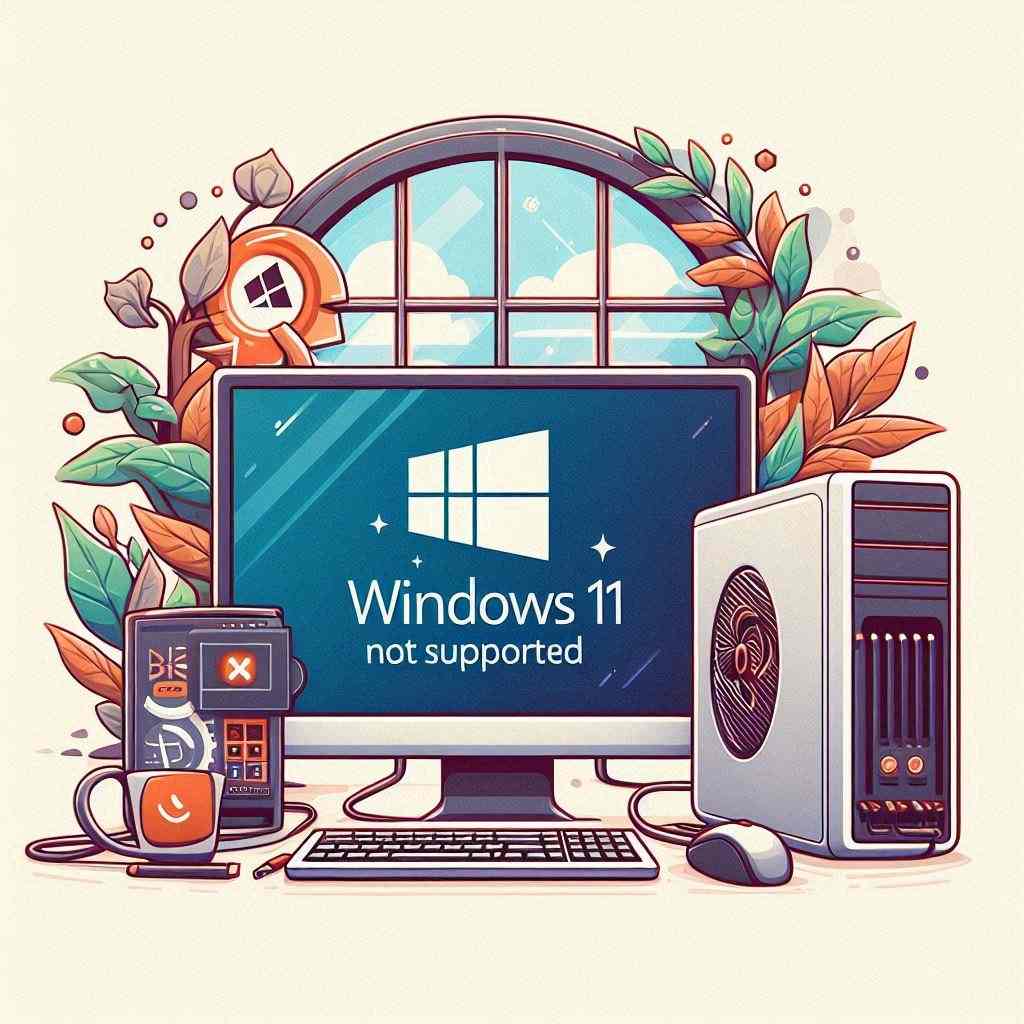As technology evolves, so do operating systems. With Microsoft’s planned discontinuation of Windows 10 support on October 14, 2025, many users are exploring their options to maintain secure and efficient computing. If you have a device that cannot upgrade to Windows 11, understanding alternative solutions and security measures is essential. Here’s a guide to help you navigate this transition.
Option 1: Continue Using Windows 10
If your hardware cannot support Windows 11, continuing to use Windows 10 is a viable short-term option. However, it requires proactive measures to maintain security as Microsoft will no longer provide updates or patches after the end-of-support date.
How to Stay Safe:
- Use Antivirus Software: Install a reputable third-party antivirus solution to protect against malware and viruses.
- Enable a Firewall: Ensure that your system firewall is active and properly configured.
- Minimize Online Exposure: Avoid using the unsupported system for tasks requiring sensitive data, such as online banking.
- Keep Applications Updated: Ensure third-party applications are regularly updated to their latest versions.
- Backup Data Regularly: Use external storage or cloud services to create backups, mitigating risks of data loss or ransomware attacks.
Option 2: Upgrade Your Hardware for Windows 11
For a seamless transition, upgrading your hardware to support Windows 11 ensures ongoing security updates and access to modern features.
Windows 11 Hardware Requirements:
- Processor: 1 GHz or faster with 2 or more cores.
- RAM: At least 4 GB.
- Storage: 64 GB or more.
- Graphics Card: DirectX 12 compatible.
- TPM 2.0: Trusted Platform Module version 2.0 is mandatory.
If your current PC doesn’t meet these requirements, consider investing in a new system designed for Windows 11.
Option 3: Transition to Linux
For users who want a secure and cost-effective alternative, Linux offers a range of open-source operating systems that are lightweight, efficient, and regularly updated.
Recommended Linux Distributions for Beginners:
- Ubuntu: Known for its user-friendly interface and extensive community support.
- Linux Mint: A great choice for those familiar with Windows, offering a similar layout.
- Zorin OS: Designed to resemble Windows, making it ideal for new Linux users.
Benefits of Linux:
- Regular security updates.
- No licensing fees.
- Compatibility with a wide range of hardware.
- Vast repositories of free software.
Option 4: Switch to ChromeOS Flex
Google’s ChromeOS Flex is a lightweight and cloud-centric operating system suitable for older hardware. It’s a practical choice for users who primarily work online.
Key Features:
- Ease of Installation: Designed for simple deployment on existing hardware.
- Fast Performance: Optimized for basic computing tasks like browsing and document editing.
- Regular Updates: Ensures ongoing security and performance improvements.
Limitations:
- Limited offline functionality.
- Fewer applications compared to traditional operating systems.
Option 5: Virtualize Windows 11
For users with incompatible hardware but a need for Windows 11 functionality, virtualization is an option. Using software like VMware or VirtualBox, you can run Windows 11 in a virtual environment on existing hardware.
Requirements:
- A sufficiently powerful host system with ample memory and processing power.
- A Windows 11 license for the virtual machine.
Considerations:
- Performance may be slower compared to native installation.
- Virtualization might require technical expertise for setup and maintenance.
Conclusion
The end of Windows 10 support marks a critical moment for users with older hardware. Whether you choose to continue using Windows 10, upgrade to Windows 11, or explore alternatives like Linux or ChromeOS, each option has unique benefits and trade-offs. By evaluating your needs and taking appropriate security measures, you can ensure a smooth transition and maintain a safe computing environment beyond 2025.


